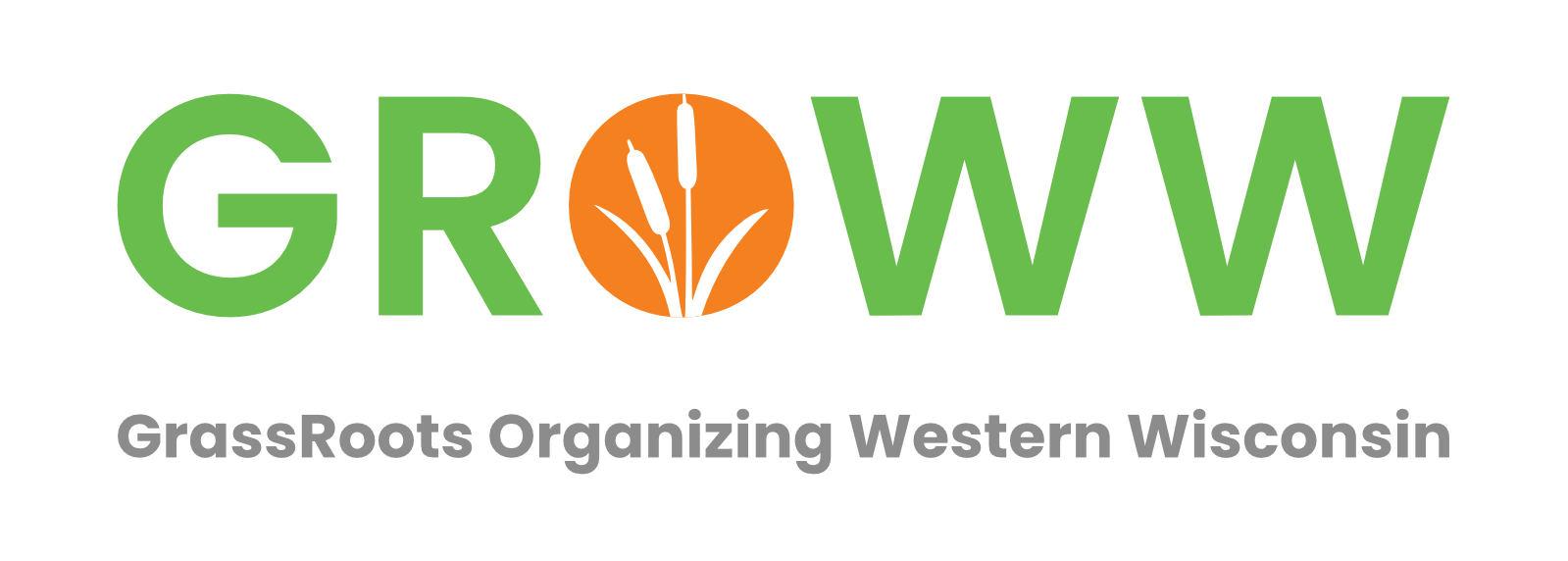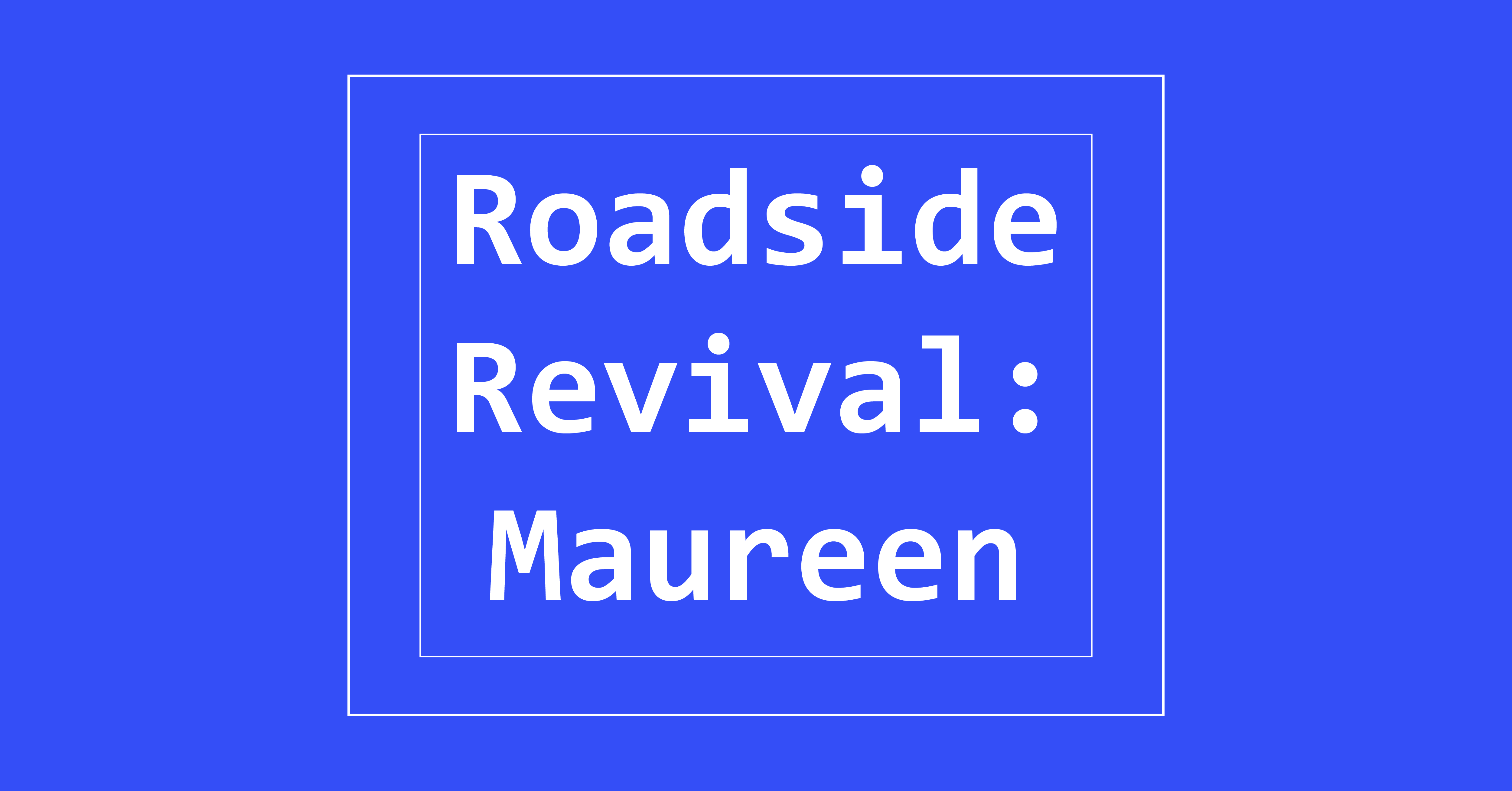Roadside Revival – Maureen
By Maureen Ash
Roadside Revival is the name chosen for our effort to make our roadsides into habitat for pollinators, birds, and small animals. As humans use more and more land to grow food and build homes, there’s less land remaining for the other creatures with whom we share the earth.
Our mission is to improve habitat and slow water runoff on twenty miles of roadside in Pierce County before October 2022. Twenty miles of roadside equals about 145 acres of land. Imagine how many acres of habitat could be created if we could get towns, counties, states, and federal highway departments on board to consider their roadsides as valuable places for pollinators, birds, and small animals.
The state of Iowa began working on this in the 1970s. They recognized that they could save money, improve water quality, and beautify the landscape through what became their Integrated Roadside Vegetation Plan. Today, Iowa is an example to other states that are making similar efforts, such as Michigan, Illinois, and Minnesota.
I became involved in this project because I walk, run, and bicycle a good deal in the countryside and have seen an increased amount of mowing along the roadsides. Private landowners seem to love to mow right from the front step out to the pavement in front of their house. They don’t own the roadsides but mow as if they do. I’m sure they think they are doing the municipality a favor. I dislike the mown grass that is strewn across the road, making it more slippery for my bike tires, and I miss seeing the beautiful flowers and plants that used to grow in the ditches. I gathered flowers for my niece’s wedding on the roadside near me–now that land is mowed and boring. What happened to the insects and birds that used to make their lives there? What about the water that used to be slowed by all the plants growing in the lower parts of the ditch and which now just rushes off to fill the dry runs and haul dirt into the river?
We are pursuing a three-pronged approach to this project.
1. We are contacting landowners to encourage them to mow less.
2. We are talking to our towns and county boards to encourage them to mow less (most of them already pursue a moderate mowing policy and are less problematic than the individual landowners). We’re asking them to re-seed disturbed areas with pollinator-friendly plants. We are looking for a way to raise money to buy and donate seed for these projects, and to lock in maintenance for the future.
3. We are interested in working with other groups that promote habitat, such as Pheasants Forever. They already do a lot to promote habitat, and our efforts to improve the roadsides next to the lands they have protected will create corridors for wildlife.
The great concerns people have regarding our project are invasive plants (I’m looking at you, wild parsnip!) and encouraging deer. These are valid concerns. We plan to work with experts to determine the best practices for areas that are infested with invasives. As for deer, research appears to show that they are more interested in browsing on grass that is growing back from being mowed, and less interested in mature grasses. This could mean fewer deer along the roads.
If you are interested in assisting us in this endeavor, please contact us at maureen@gro-ww.org It is going to take some real effort to get people to stop burning fossil fuels and spending time on their mowers, mowing land they don’t own. That seems crazy, but such is the world we live in. Luckily it is a beautiful world, well worth putting in some time to improve.
Yours in birds and pollinators, Maureen Ash



Comments are closed